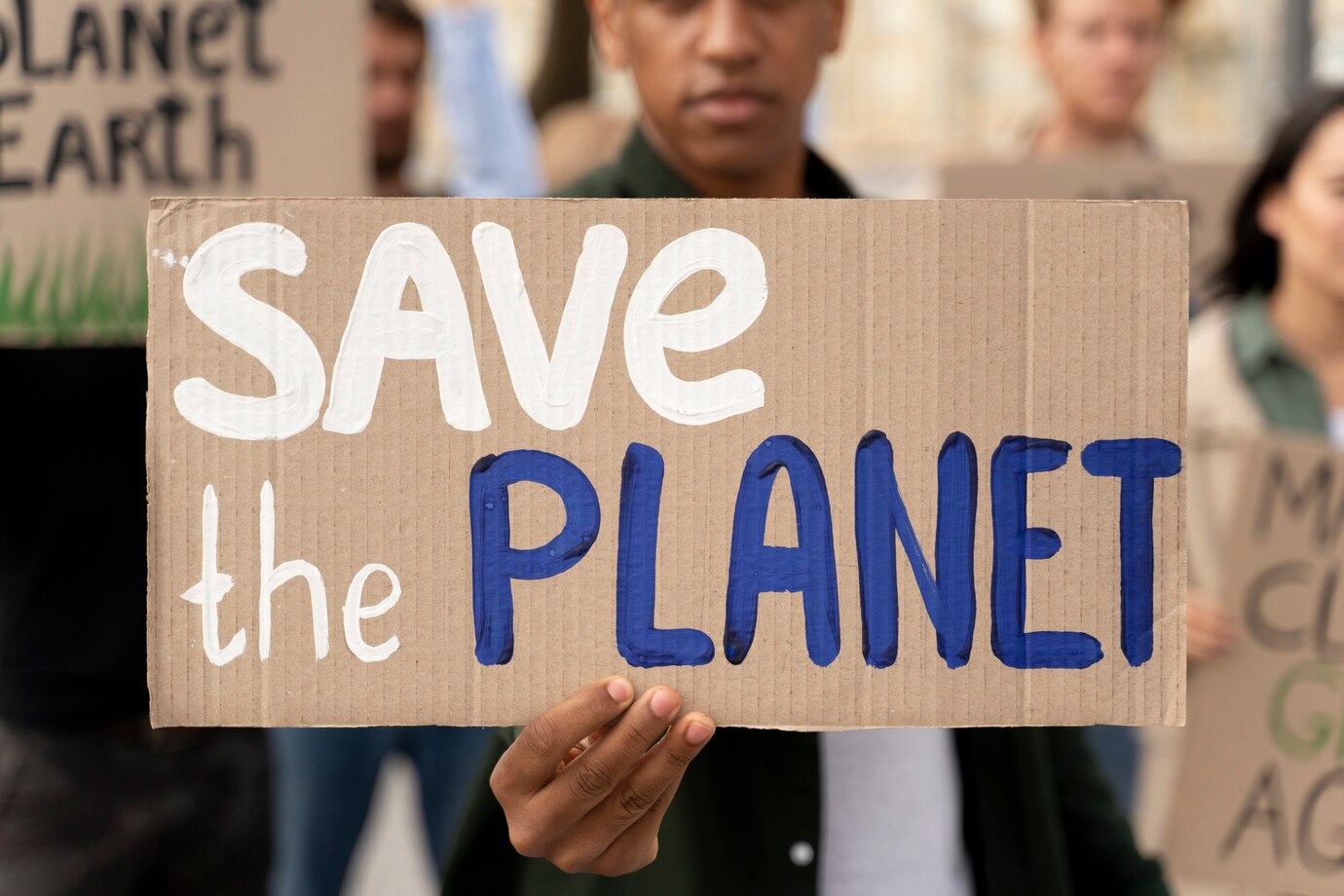Climate change is no longer a distant threat looming on the horizon; it’s a present-day reality with far-reaching consequences. Rising global temperatures, extreme weather events, and melting ice caps are just a few of the visible signs of this crisis. In the face of such challenges, nations around the world are grappling with how best to respond. Here, we explore the diverse approaches taken by different countries to address the urgent issue of climate change.
The Global Effort: United Nations Framework Convention on Climate Change (UNFCCC)
At the forefront of international climate action is the United Nations Framework Convention on Climate Change (UNFCCC). Established in 1992, the UNFCCC aims to stabilize greenhouse gas concentrations in the atmosphere and prevent dangerous anthropogenic interference with the climate system. Through annual conferences known as COP (Conference of the Parties), countries come together to negotiate and implement measures to mitigate and adapt to climate change.
Leaders in Renewable Energy Adoption: Nordic Countries
Nordic countries such as Denmark, Sweden, and Norway have emerged as leaders in renewable energy adoption. These nations have made significant investments in wind, solar, and hydroelectric power, reducing their reliance on fossil fuels and cutting carbon emissions. In addition to harnessing renewable energy sources, they have implemented policies to promote energy efficiency and sustainable transportation, setting a positive example for the rest of the world.
Policy Innovations: European Union
The European Union (EU) has implemented ambitious climate policies aimed at reducing greenhouse gas emissions and transitioning to a low-carbon economy. The EU’s landmark legislation includes the European Green Deal, which seeks to make the continent carbon-neutral by 2050. Through initiatives such as emissions trading schemes and renewable energy targets, the EU is driving innovation and fostering collaboration among member states to combat climate change.
Emerging Economies: China and India
As two of the world’s largest emitters of greenhouse gases, China and India play a crucial role in the fight against climate change. Both countries have made significant strides in renewable energy deployment, with China leading the world in solar and wind power capacity. Additionally, China has committed to achieving carbon neutrality by 2060, signaling a shift towards a more sustainable development model. India, meanwhile, has pledged to increase its share of renewable energy in the energy mix and invest in clean technology to reduce emissions.
Challenges and Opportunities: Developing Nations
While developed countries often take the spotlight in discussions on climate action, developing nations face unique challenges in addressing climate change. These countries are disproportionately affected by the impacts of global warming, yet lack the resources and infrastructure to cope with its consequences. Nonetheless, many developing nations are taking proactive steps to adapt to climate change and build resilience in vulnerable communities. International support and financial assistance are crucial in helping these countries transition to a sustainable and climate-resilient future.
Climate change is a complex and multifaceted challenge that requires global cooperation and collective action. While different nations may have varying priorities and approaches, the urgency of the crisis necessitates a unified response. By learning from each other’s successes and failures, and by committing to ambitious climate goals, the international community can work together to mitigate the worst impacts of climate change and safeguard the planet for future generations.

